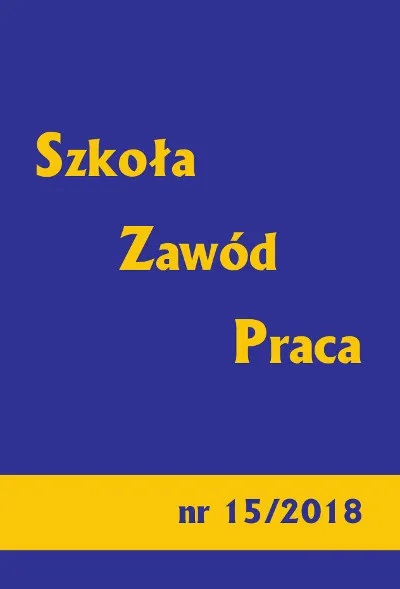Specific features of forming interdisciplinary teams and designing projects in petroleum engineering
DOI:
https://doi.org/10.34767/SZP.2018.01.01Keywords:
professional education, petroleum engineer, petroleum industry, continuing education, specialist training, educational technologies, labour market, interdisciplinary teams, professional competences, innovative approachesAbstract
The article investigates the issues of training specialists in the petroleum industry ready to work in interdisciplinary teams and designing projects. Petroleum engineering interdisciplinarity can ensure not only a competitive position of a team, country’s economy in the international division of labour, but also helps to win the global competition in the relevant markets of the world, therefore, interdisciplinarity really becomes a source of wealth. At the same time, we must distinguish between interdisciplinarity in its formal representation, when the result of the joint work of specialists in several research fields will be the sum of the result of their work, but also when, due to the synergistic effect, the result may be more significant. In other words, the result that can be obtained in this case can never be obtained as a result of the activity of one of the participants in an interdisciplinary team. Most often, this effect is achieved by means of mutual intersection and application of methods, tools, approaches used by the representatives of different disciplines, science, trade. So, organization of implementation of effective interdisciplinary projects in science, engineering, technology or education requires not only the involvement of specialists from various fields of activity, but also planning a synergistic effect, as a kind of guarantee of obtaining fundamentally new solutions and results that, under certain circumstances, can ensure a victory in competition in the relevant markets.
References
Berger G., Opinions and facts. Interdisciplinary: Problems of teaching and research in universities. OECD, Paris 1972, 23–75.
Chan D., A global engineer for the global community, „Policy Engagement” 2009, no 1 (2), 4–9.
Figgis J., Standen A., Training for skilled workers: Lessons from oil and gas industry, NCVER, Adelaide, Australia 2005.
Frey T., 162 Future Jobs: Preparing for jobs that don’t yet exist, 2014.
Klein J. Th., Interdisciplinarity: History, theory, and practice, Wayne State Uni. Press Detroit 1990.
Lori N.F., Interdisciplinarity in engineering education: Trends and concepts, „Engineering Education” 2014, no 14, 31–37.
Luksha P., Educational Innovation, or why do we need to change education, „Sotrudnichestvo” 2015, no 3–4, 3–24. Retrieved from: http://oash.info/download/news/news-4153.pdf
Moky M.S., Transdisciplinarity in Higher Education: expert opinions, problems and practical solutions, „Modern. Problems of science and education” 2014, no 5. Retrieved from: http://www.science-education.ru/pdf/2014/5/87.pdf
Patil A., Global accreditation for global engineering attributes: A way forward, 2008.
Tarvainen M., Engineering education and interdisciplinary studies. 2006, Retrieved from: http://pantaneto.co.uk/engineering-education-and-interdisciplinary-studies-merja-tarvainen/
Wealth of nations, 2012, The Economist. Retrieved from: http://www.economist.com/node/21562228

